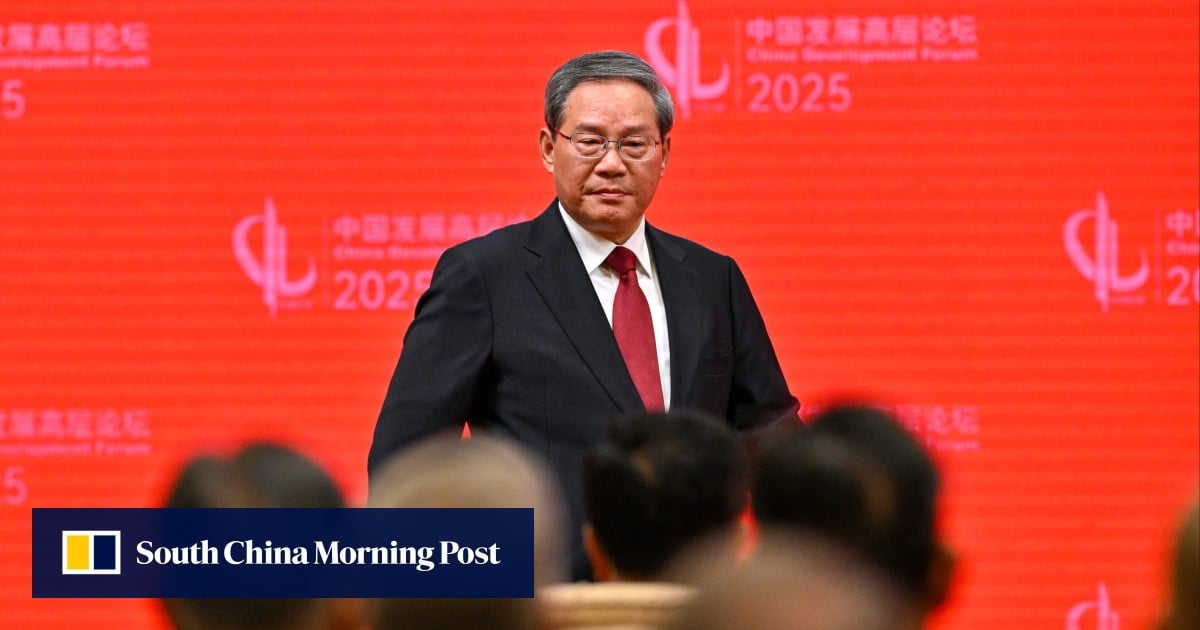
Navigating Uncertainty: China’s Economic Resilience and Proactive Approach
China’s economic landscape is currently characterized by a delicate balance between ambition and cautious optimism. While the nation continues its impressive trajectory of growth, a complex web of global uncertainties necessitates a proactive and adaptable approach to economic management. Recent pronouncements from Premier Li Qiang highlight this strategic shift, emphasizing preparedness for potentially larger-than-anticipated external shocks.
The premier’s statements underscore a significant acknowledgment of the unpredictable nature of the global economy. This isn’t simply about reacting to crises as they emerge; it’s about building robust systems capable of withstanding and even thriving amidst unforeseen challenges. This proactive stance suggests a move away from solely relying on internal drivers of growth, embracing a more integrated and resilient model that accounts for the interconnectedness of the global market.
One crucial aspect of this strategy is the commitment to further opening up the economy to international investors. This isn’t merely a symbolic gesture; it represents a fundamental shift toward leveraging global capital and expertise to strengthen domestic industries. By strategically inviting foreign participation in key sectors, China aims to attract investment, foster technological innovation, and enhance competitiveness on a global scale. This openness is a calculated risk, aimed at balancing the benefits of increased foreign involvement with the need to safeguard national interests.
The government’s emphasis on ensuring the smooth operation of the economy signals a deep understanding of the interconnectedness of various economic sectors. A smooth-running economy is not just about high GDP figures; it also involves maintaining stable employment, ensuring consumer confidence, and mitigating potential disruptions to supply chains. This holistic approach recognizes that the economic well-being of the nation depends on the healthy functioning of all its components.
The preparedness for “bigger than expected external shocks” indicates a sophisticated risk assessment process. This suggests that the government has developed contingency plans to address various scenarios, ranging from geopolitical instability to sudden shifts in global demand. These plans likely involve diverse strategies, from fiscal and monetary policies to targeted interventions in specific industries. This preparedness isn’t about eliminating risk entirely; it’s about mitigating the potential impact of negative events and ensuring a swift and effective response.
This proactive approach requires a delicate balance. Opening the economy to greater foreign involvement necessitates careful regulatory frameworks to protect national interests and ensure fair competition. Simultaneously, maintaining domestic stability requires addressing internal challenges, such as regional disparities and the need for further economic reforms.
Ultimately, China’s economic strategy appears to be evolving towards a more resilient and adaptable model. The emphasis on preparedness, proactive measures, and a strategic embrace of global engagement suggests a confident yet cautious approach to navigating the complexities of the global economic landscape. The coming years will be crucial in testing the effectiveness of this strategy, demonstrating whether this proactive approach can successfully buffer China against external shocks and continue its impressive economic growth. The balance between controlled opening and maintaining domestic strength will be key to its success.



Leave a Reply